Designer Profile: Timothy Corrigan
With studios in Los Angeles and Paris, more than two decades running his own interior design business and impressive collaborations with makers of the highest caliber, Timothy Corrigan is a designer at the height of his career
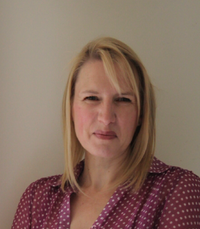
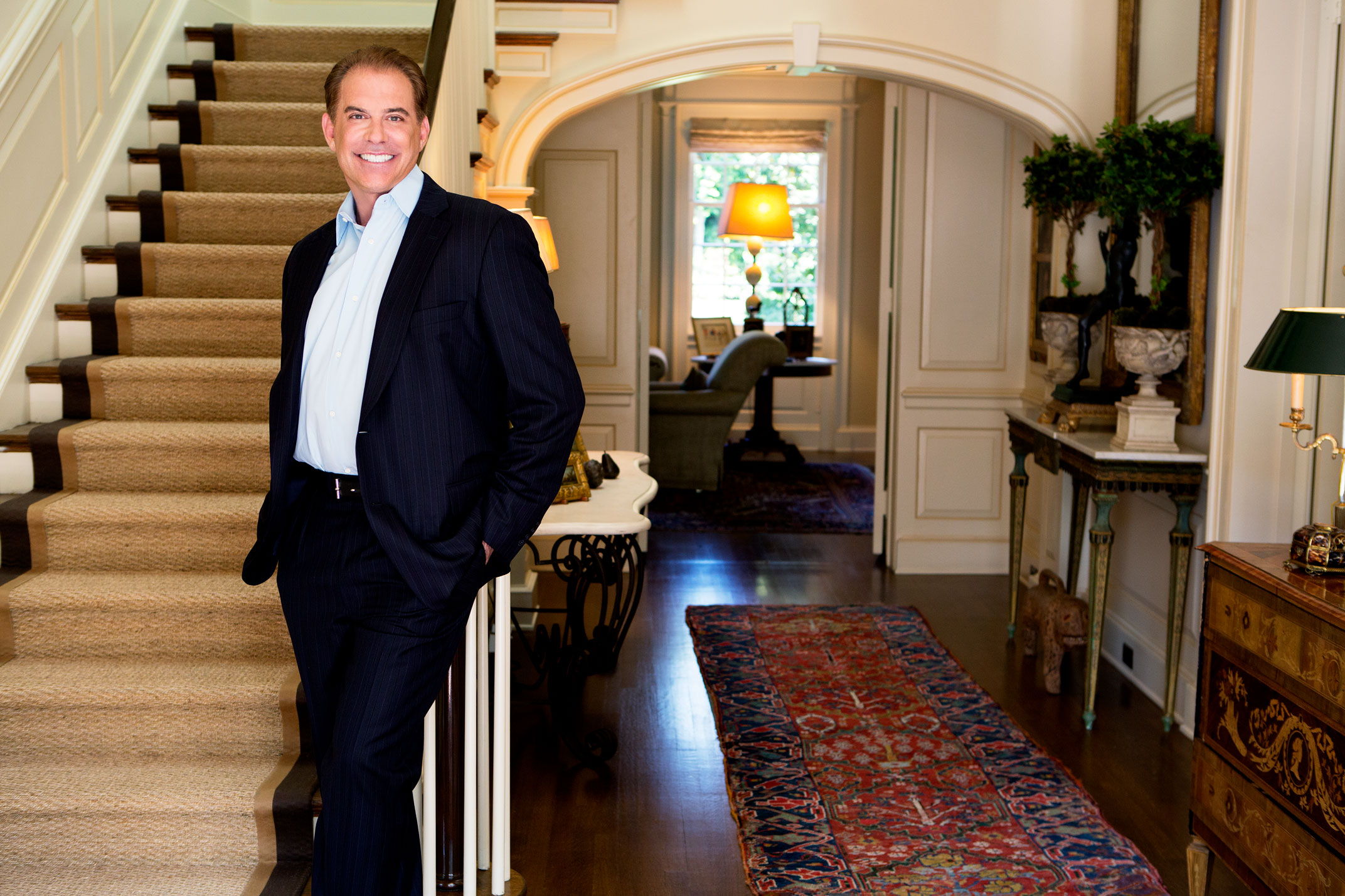
Despite international accolades and a client list including Hollywood stars and Middle Eastern royalty, anyone who knows Timothy Corrigan will always speak first of his warmth, generosity of insight and disarmingly down-to-earth approach.
Perhaps this is because he is (remarkably) a self-taught designer? Perhaps it is the years of experience in his former illustrious career in advertising where he reached the dizzy heights of Head of International Operations Saatchi and Saatchi Bates Worldwide before discovering his passion and talent for interior design. Undoubtedly it is because he has a tremendous appetite for travel and different cultures and a voracious curiosity for life-long learning.
Here, we take a deep dive into his design aesthetic, his inspirations and his – surprising – dream client, plus he shares some essential interior design tips.
Design aesthetic

Timothy Corrigan’s design aesthetic has been described as marrying European elegance with Californian informality. But conversations with the designer bring the terms craftsmanship, comfort, culture and context repeatedly to the fore: with comfort his guiding force.
His talent lies in curating beautiful pieces from different eras, styles and continents to create rooms that balance grandeur with a deep sense of welcome and ease. An assiduous attention to historical and contextual detail is always underlined by the desire to design homes that embrace those who live in them.
Comfort first
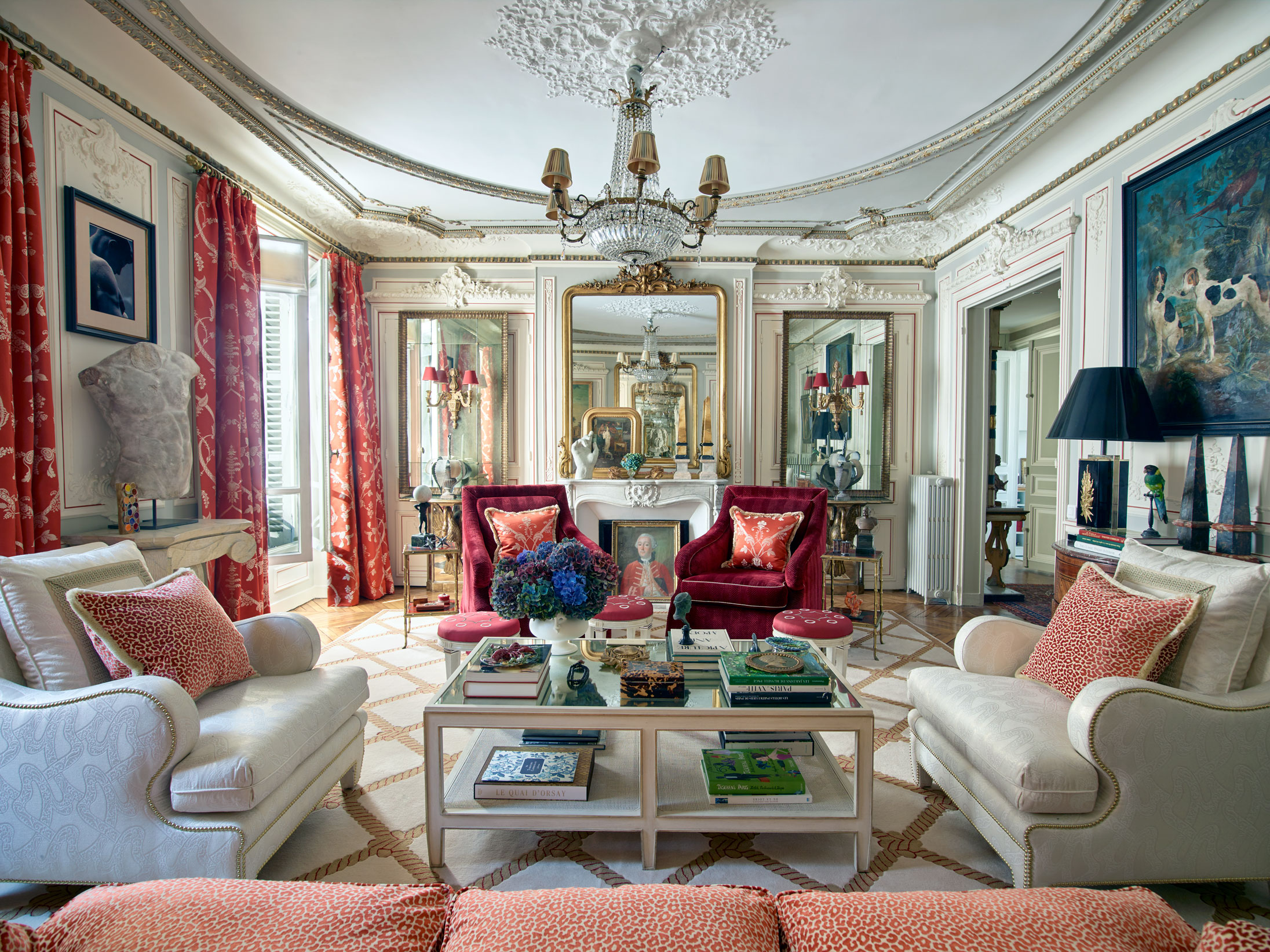
Timothy says, 'Comfort is, I feel, a much-underrated element of design. It comes in three key layers. First of all, of course, there is the physical comfort of a chair or a sofa, for example, but then the second layer is the psychological aspect which relates to getting the scale and proportion and symmetry of the room and furnishings right. Many people underestimate the importance of symmetry in giving an underlying sense of ease.
'Finally there is the practical aspect of comfort… of decorating in a way that really focusses on the quality of "living in your home". When you are really comfortable in the way you live, and create a room that doesn’t say "look but don’t touch", guests and family will feel comfortable too.'
Design expertise in your inbox – from inspiring decorating ideas and beautiful celebrity homes to practical gardening advice and shopping round-ups.
An eye for practicality

'No matter how beautiful a room is, it isn’t successful if it isn’t comfortable and practical as a living space,' says Timothy. 'I was one of the first people to use outdoor fabric indoors. For example, I remember suggesting the idea to Madonna (one of Timothy’s earliest clients) for her family room, as it is so durable against spills that children inevitably make.
'We (the studio) also quite often put (professionally applied) marine varnish on top of antique pieces; not on museum quality pieces, of course, but not many of us live with those! It protects without altering the look of the piece.'
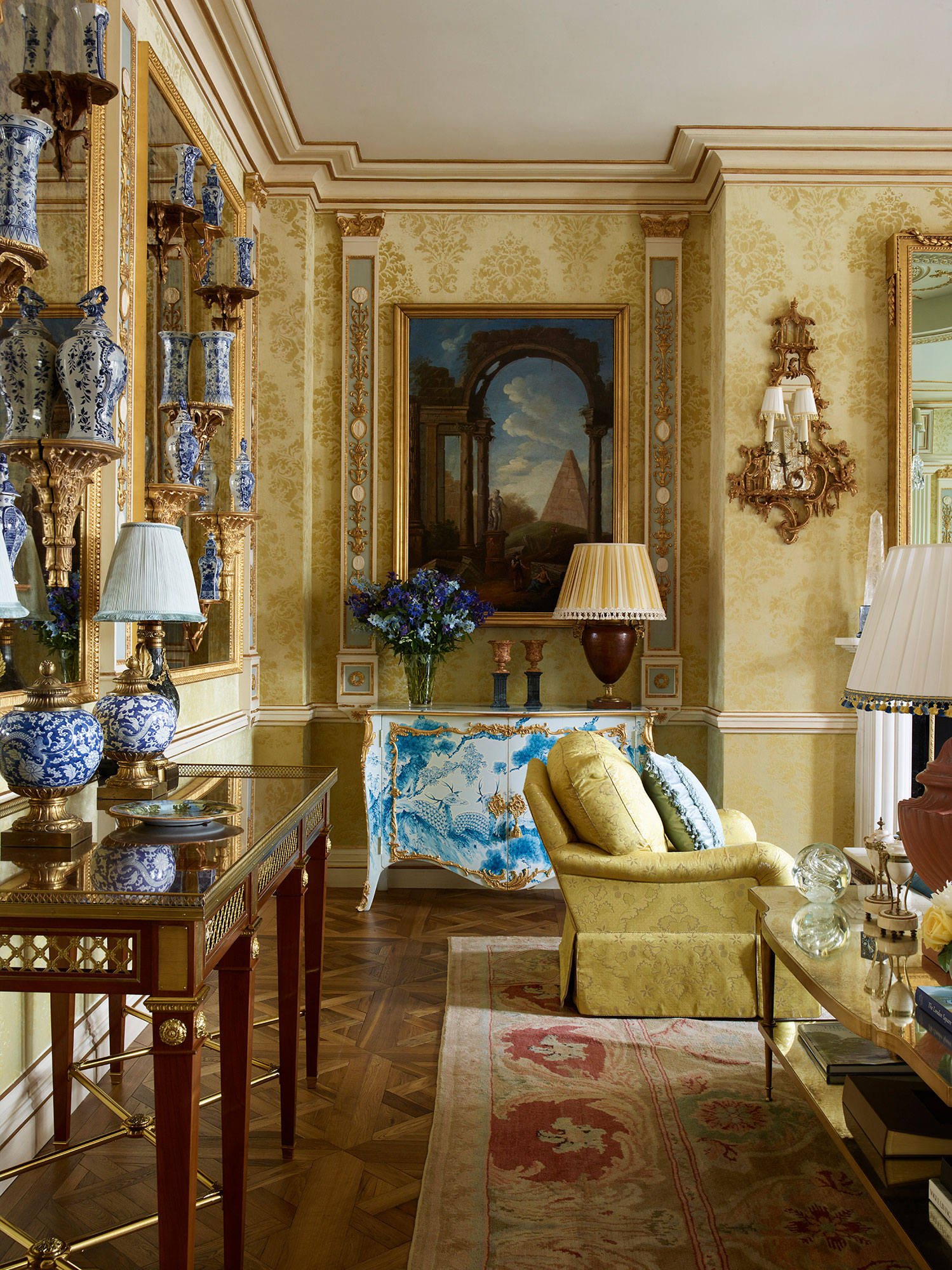
Art & Craftsmanship
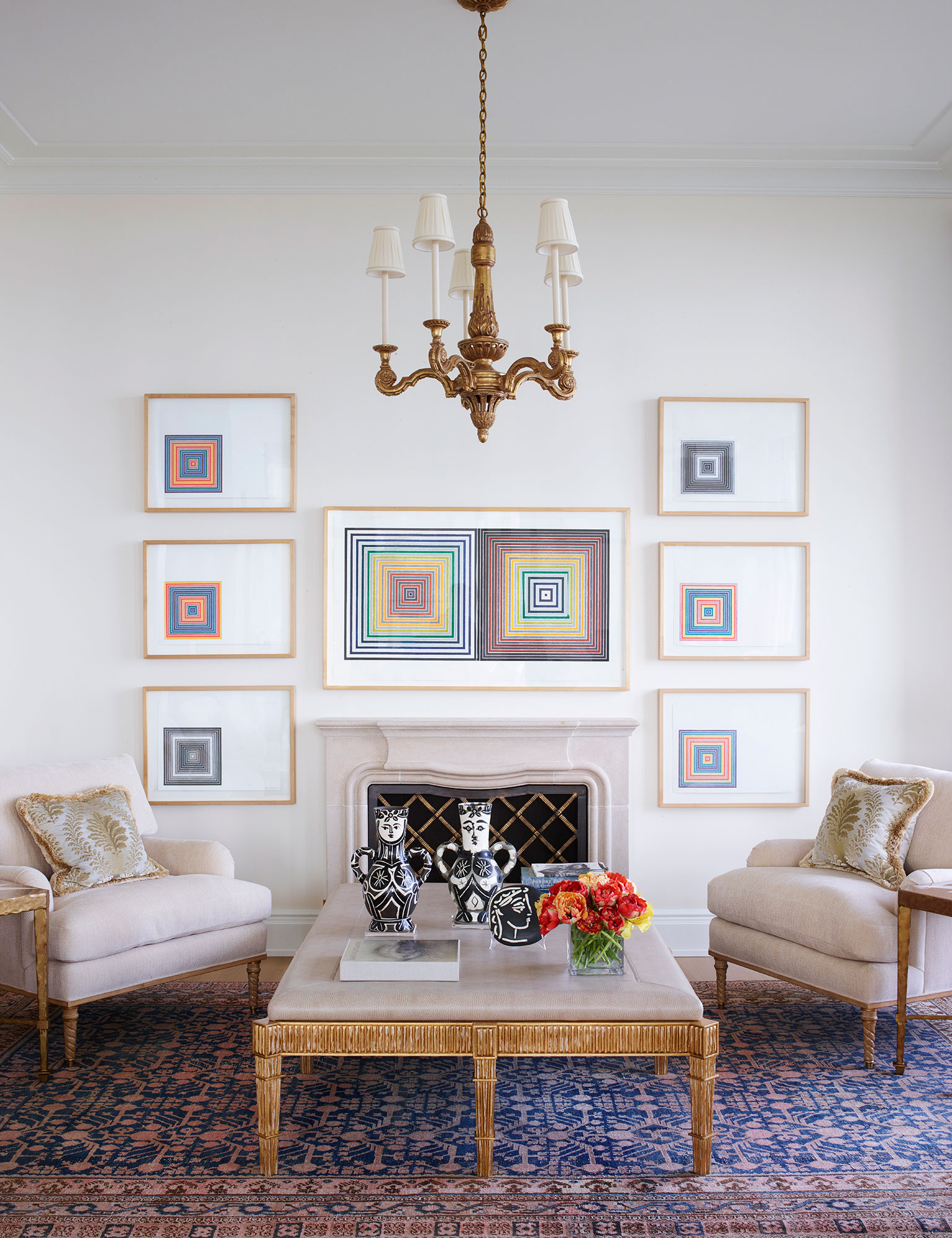
Timothy’s sensitivity to the importance of craftsmanship started in childhood. His mother, an actress, came from a family who were avid collectors of art and antiques. His father was the inaugural dean of the New York School of Art and went on to become president of the California Institute of the Arts – which Timothy describes as 'one of the most progressive schools in the USA.'
He continues: 'My parents collected very contemporary art. I like more classical art; its richness of context appeals.'
He studied History of Art at school, amongst other subjects, but would say that his passion for classical and culture references was truly ignited when he moved to France during his early 30s, with his role as Head of International Operations Saatchi and Saatchi Bates Worldwide
'It really took a move to Paris to give me that greater appreciation. In Europe there is layer upon layer of culture and art. It just all feels so much more present,' Timothy says, later expanding: 'I think the Europeans really understand the importance and history of craftsmanship, and of maintaining craft and carrying on the incredible skills that cannot be replicated with a machine or by 3D printing; skills that have to be done by hand.'
Studio specialism

'Custom work is a particular specialism – 40% of our work is with sourcing antiques, 50% is custom design and 10% is off-the-shelf. That level of customization is the future of interior design.'
What do you consider to be an error in interior design?
'When an interior looks like it all came out of one box; when a designer doesn’t show that they have really stretched themselves to create a scheme. It is only by working hard, by stretching yourself and really looking at historical context and so on, that the result will be so much more than just a pretty room.'
Where do you find inspiration?
'Too often people operate on autopilot and stop looking at the little details in things they pass every day, and it is the details that make a huge difference to the way something looks and feels and functions.
'I’m always looking. I might see a design detail in a book or an auction catalogue and I can’t help but start to think about how it might look reinterpreted in a totally different format or material.'
Timothy goes on to say: 'You need to put yourself in environments to soak up inspiration. Go to museums, go and listen to the guides, soak up their insights and immerse yourself in learning. I am a voracious learner – it’s the thing that drives me more than anything else.'
Who is your design hero?
'Jean Charles Moreaux (French architect and designer; 1889-1956), who was truly a renaissance designer, working not only in interiors but in furniture and landscape design. He understood that the way we interact with all these elements is what makes a place feel special.'
Who would be your dream client?
'It sounds a little crazy but I would have loved to have worked with Madame de Pompadour. She was passionate about art and architecture and had incredible taste.'
Where do you shop?

- For beautiful passementerie: Samuel & Sons (above)
- For hand-painted & hand-embroidered wallpaper: Fromental (below)
- For luxury bathroom faucets and fittings: THG-Paris
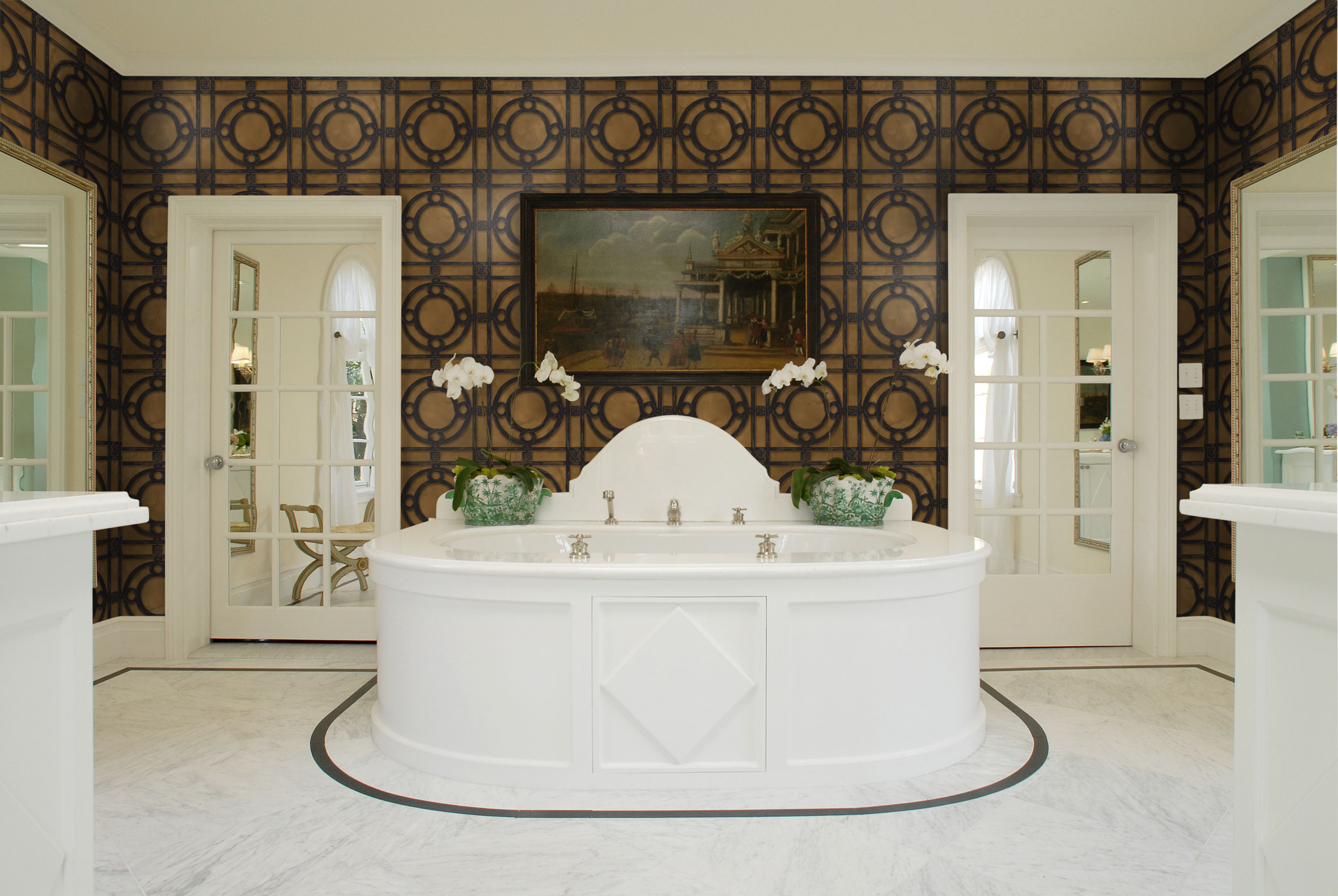
Would you describe yourself as a Francophile?

'Yes, I would. While I’m so proud of being an American, I feel most in my own skin in France.'
NOTE: Timothy owns homes in America and France and is currently in the third year of restoration of his own Château de la Chevallerie (above). He previously owned and restored Chateau du Grand-Lucé (sold to him by the French Government in 2004) and was recognized and honored for the sensitivity of the work by The French Heritage Society which has a mission to ‘protect the French architectural legacy in France and the United States.’
Timothy Corrigan's current projects
Decorating first his own apartment in Paris and then designing for friends who admired his style lead inexorably to a change of life path and the setting up of his design studio in 1998.
Today client projects include a large Mediterranean estate in Beverly Hills (for a celebrity client); the restoration of a château near the Dordogne region; helping to develop plans for a new estate overlooking one of the most prized locations on the California coast and interior design for what will be one of the world’s largest private yachts, based in Asia.
You can see a gallery of beautiful projects on Timothy's website.
More collaborations with Timothy Corrigan
- Rug collection at Perennials Fabrics
- Tableware with Royal Limoges and Nicollete Mayer
- Rugs, bathroom hardware and eponymous ranges of candles and furniture at Timothy Corrigan
For more from Timothy Corrigan
@timothy_corrigan_inc for design studio insights.
@timothycorrigan for personal insights including the renovation of Château de la Chevallerie.

Interiors editor and brand consultant, Kerryn Harper-Cuss has worked on four interior magazines and edited three of these, most recently The English Home, where she was Editor-in-Chief of both its UK and US editions for almost 12 years. She now writes for a number of high-caliber publications, moderates design seminars, and is particularly delighted to pen profile features on world-class interior designers for a regular slot on the Homes & Gardens website.